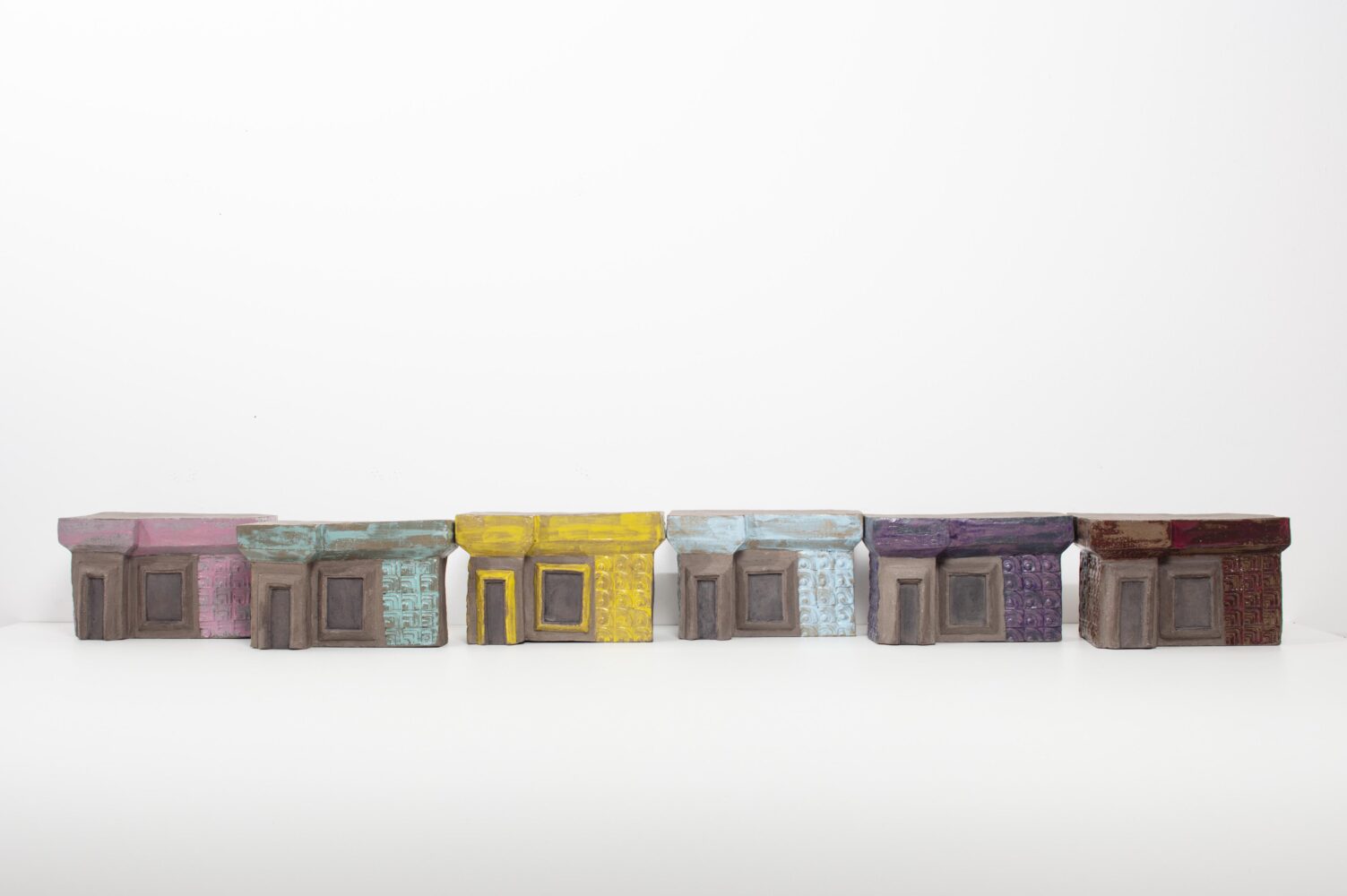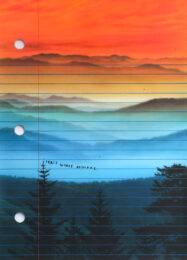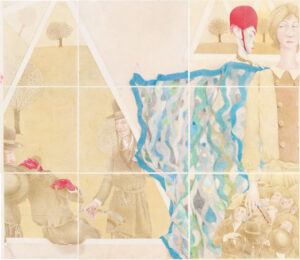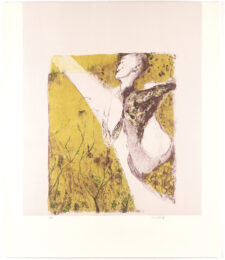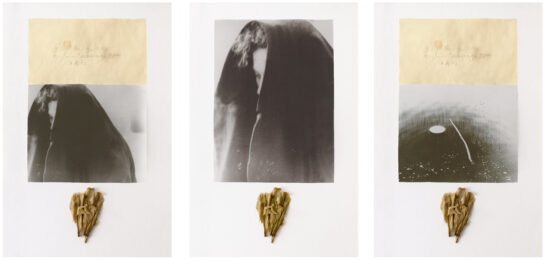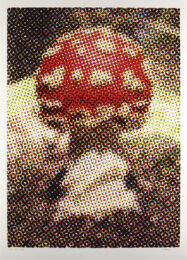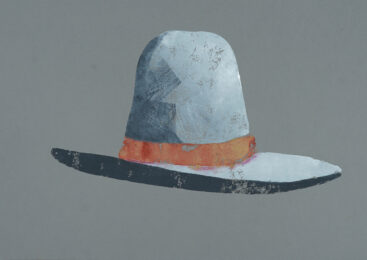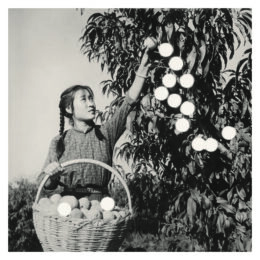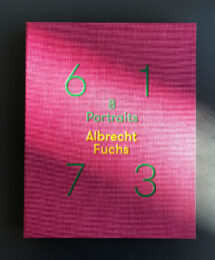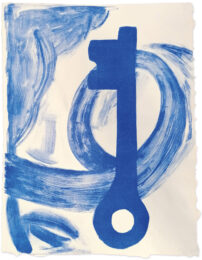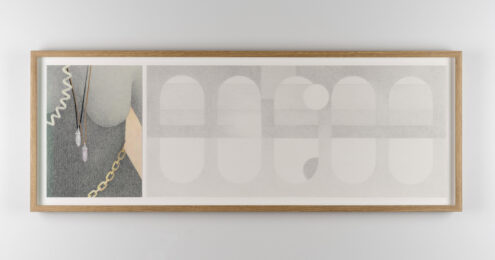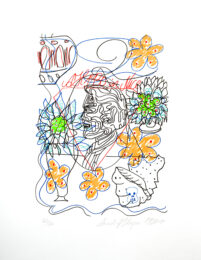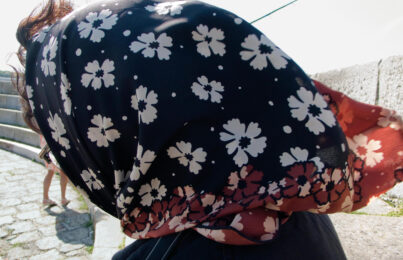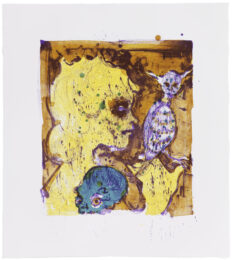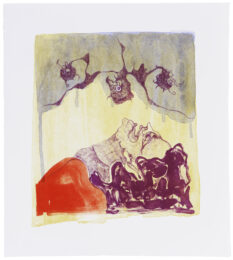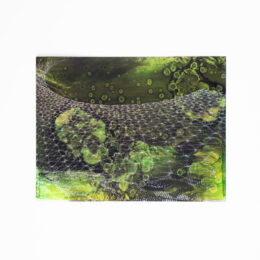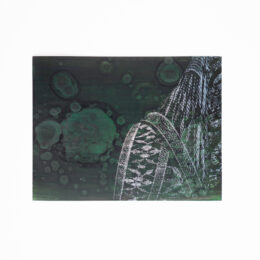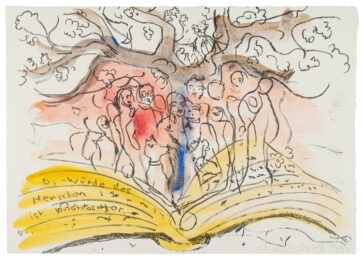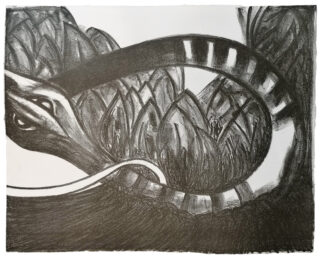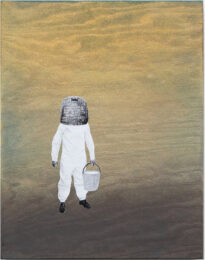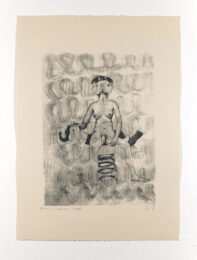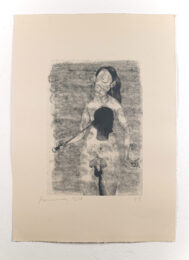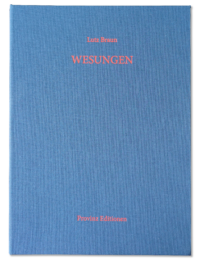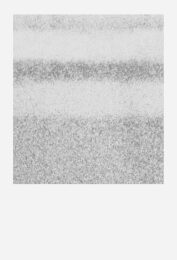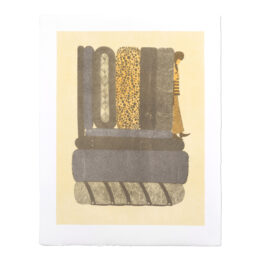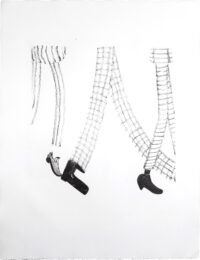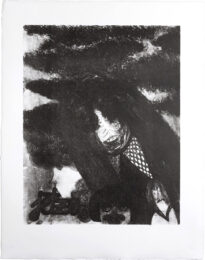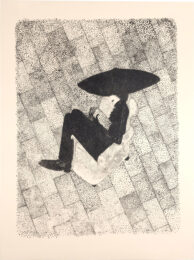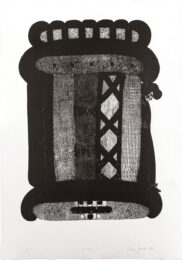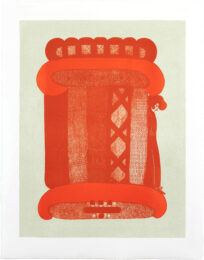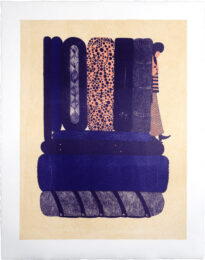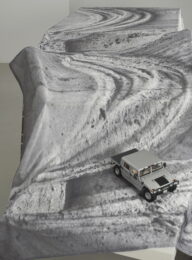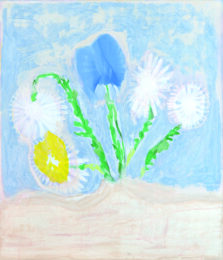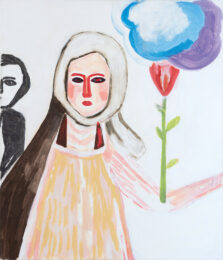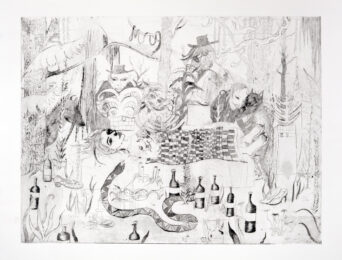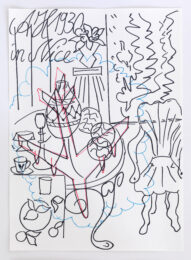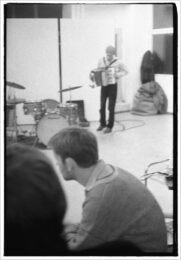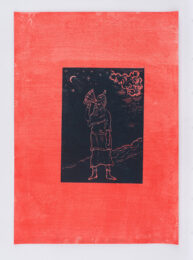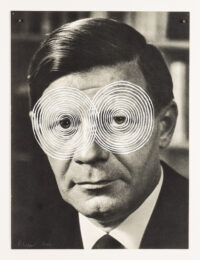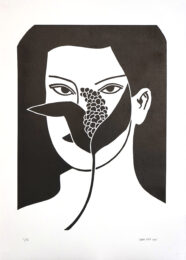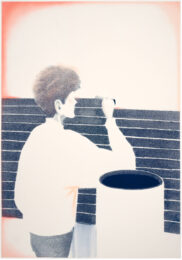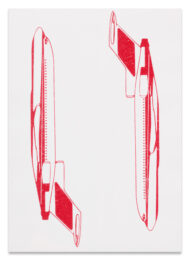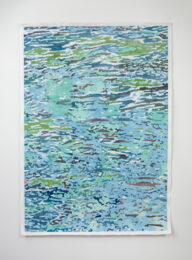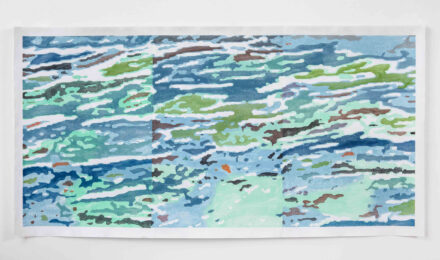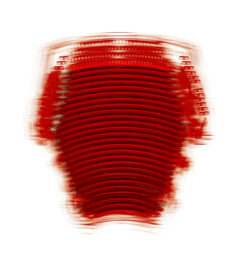Details — Click to read
We are very pleased to be able to present you another edition by Ina Weber. A small, impressive row of six pavilions was created. They differ in their colour and the suggested tile decor. Their subtitles assign them different functions: American Nails, Späti, Bei Rosi, QM, Handyrepair and Monsieur Döner. All of them are shops that, like kiosks, are often located in a social residential area, with a manageable range of goods and services tailored to their neighbourhood. They are also public places of communication. People meet here, know each other, exchange ideas. In addition to the design criteria of architecture, it is precisely these socio-political aspects that give Ina Weber the opportunity to engage in artistic work.
Kiosks have a long tradition that goes back to the 16th century. In what is now Istanbul and Cairo, many public fountain houses were built, made of stone and elaborately designed, with the purpose of supplying the city’s population with clean water. The wealthy upper class donated them and was able to create a monument to themselves. In Europe, a different drinking hall culture developed towards the end of the 19th century with the advent of industrialization. Here, alcoholic drinks were initially sold to workers. The kiosk became an integral part of everyday culture. To this day, many famous architects have devoted themselves to this task. Ludwig Mies van der Rohe, for example, built “only” a kiosk in Dessau during his time as director of the Bauhaus. Or in London there was a competition for modern water kiosks in which Zaha Hadid, among others, took part.
Ina Weber’s model “pavilions” made of glazed stoneware illustrate our built environment and contribute to our understanding of architecture, its development and function. As a student of Martin Kippenberger, among others, and influenced by the work of Fischli and Weiss, her work does not follow an academic doctrine. The artist’s personal perspectives play a role. Ina Weber is writing her own architectural history, in which functional buildings and the profane are particularly important. She puts these gems in the right light.
Ina Weber was born in 1964 in Diez an der Lahn. From 1989 to 1994 she studied under Friedrich Salzmann, Harry Kramer and Martin Kippenberger at the Kassel Art Academy. She has lived in Berlin since 2003 and has been a professor of sculpture at the University of the Arts there since 2016.
Her works have been shown in many solo exhibitions, including at the Museum am Ostwall, Dortmund, Wenzel-Hablik Museum, Itzehoe, Haus am Waldsee Berlin, the Kunsthalle Nuremberg, the municipal galleries in Nordhorn and Delmenhorst, the Stadtgalerie Klagenfurt Austria, and the Kassel and Marburg art associations.
photography: Ludger Paffrath



